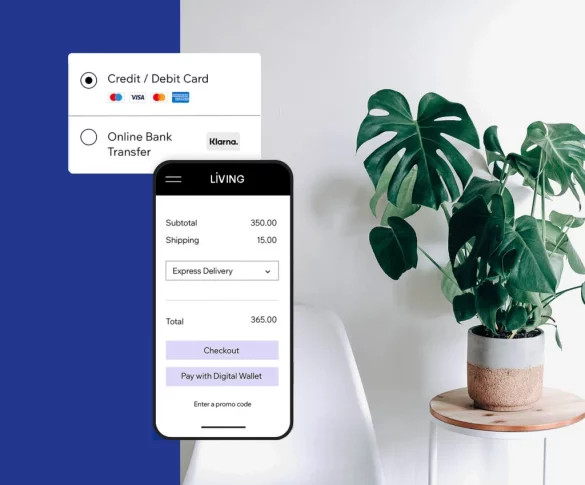Development of a wordpress website
Here are the steps involved in developing a WordPress website
It helps to identify the development processes to end up with a really good effective website


Here are the steps involved in developing a WordPress website:
- Choose a domain name: The first step in developing a WordPress website is to choose a domain name that reflects your brand or business.
- Choose a hosting provider: Once you have a domain name, you need to choose a hosting provider. There are many hosting providers that support WordPress websites, such as Bluehost, HostGator, and SiteGround.
- Install WordPress: After choosing a hosting provider, install WordPress on your website. Many hosting providers offer one-click installations for WordPress.
- Choose a theme: Once you have installed WordPress, choose a theme that fits your brand or business. There are many free and paid themes available on WordPress.org or through third-party providers.
- Customize the theme: After installing a theme, customize it to match your brand or business. This includes adding your logo, changing the color scheme, and adding content.
- Install plugins: WordPress plugins are tools that extend the functionality of your website. Install and activate plugins that are necessary for your website, such as contact forms, SEO optimization, social media sharing, and caching.
- Add content: Once you have customized your theme and installed plugins, add content to your website. This includes creating pages, writing blog posts, and adding images and videos.
- Test the website: Before launching your website, test it to ensure that everything is working properly. Check for broken links, ensure that forms are working, and test the website’s responsiveness on different devices.
- Launch the website: Once you have tested your website, it’s time to launch it. Make sure that your website is optimized for search engines and that you have installed analytics to track website traffic and engagement.
By following these steps, you can develop a WordPress website that is customized to your brand or business, optimized for search engines, and user-friendly.
Choose an effective domain name
Choosing an effective domain name is an important part of building a successful online presence. Here are some tips to help you choose an effective domain name:
- Keep it short and simple: A domain name that is easy to remember and type is more likely to be successful. Keep your domain name short, simple, and easy to spell.
- Make it brandable: Your domain name should be brandable and unique. This helps to create a strong online identity for your brand or business.
- Avoid using hyphens and numbers: Hyphens and numbers can make your domain name difficult to remember and type. Avoid using them if possible.
- Use keywords: Including relevant keywords in your domain name can help to improve search engine rankings and make it easier for people to find your website.
- Consider your target audience: Consider the interests and preferences of your target audience when choosing a domain name. This can help to ensure that your domain name resonates with your audience and is memorable.
- Check for availability: Before finalizing your domain name, check to make sure that it is available. You can use a domain registrar like GoDaddy or Namecheap to check availability.
- Choose the right extension: The extension you choose can impact how people perceive your website. Consider using a .com extension, as it is the most popular and widely recognized.
By following these tips, you can choose an effective domain name that is easy to remember, brandable, and optimized for search engines.
Choosing a hosting provider
Choosing a hosting provider is an important decision when building a website. Moocow runs and manages a varity of hosting solutions. Here are some factors to consider when choosing what option to go for:
- Uptime: A good hosting provider should have a high uptime percentage. This means that your website will be available to visitors most of the time without any issues.
- Speed: The speed at which your website loads is important for user experience and search engine optimization. Look for a hosting provider that offers fast loading times.
- Customer support: Good customer support is important in case you run into any issues with your website. Look for a hosting provider that offers 24/7 support through multiple channels such as live chat, email, and phone.
- Security: Security is a top concern for websites. Look for a hosting provider that offers strong security measures such as SSL certificates, regular backups, and DDoS protection.
- Scalability: As your website grows, you may need to upgrade your hosting plan. Choose a hosting provider that offers flexible plans and can accommodate your growing website needs.
- Price: Hosting prices can vary widely. Choose a hosting provider that offers a price that fits within your budget, but be careful not to sacrifice quality for a lower price.
- Reputation: Research the reputation of the hosting provider. Look for reviews and ratings from previous and current customers to get an idea of their experience with the hosting provider.
By considering these factors and doing your research, you can choose the right hosting that fits your needs and budget.
We provide the best branding, graphic design, strategy, insight, drinks, print design, art direction, creative direction, UX, UI, digital web design, development, e-commerce, support. See how we can help you.
Ready to get started?
We’re extremely proud of our website design company. We believe that a lovingly designed & developed website can drive your business to a whole new level.